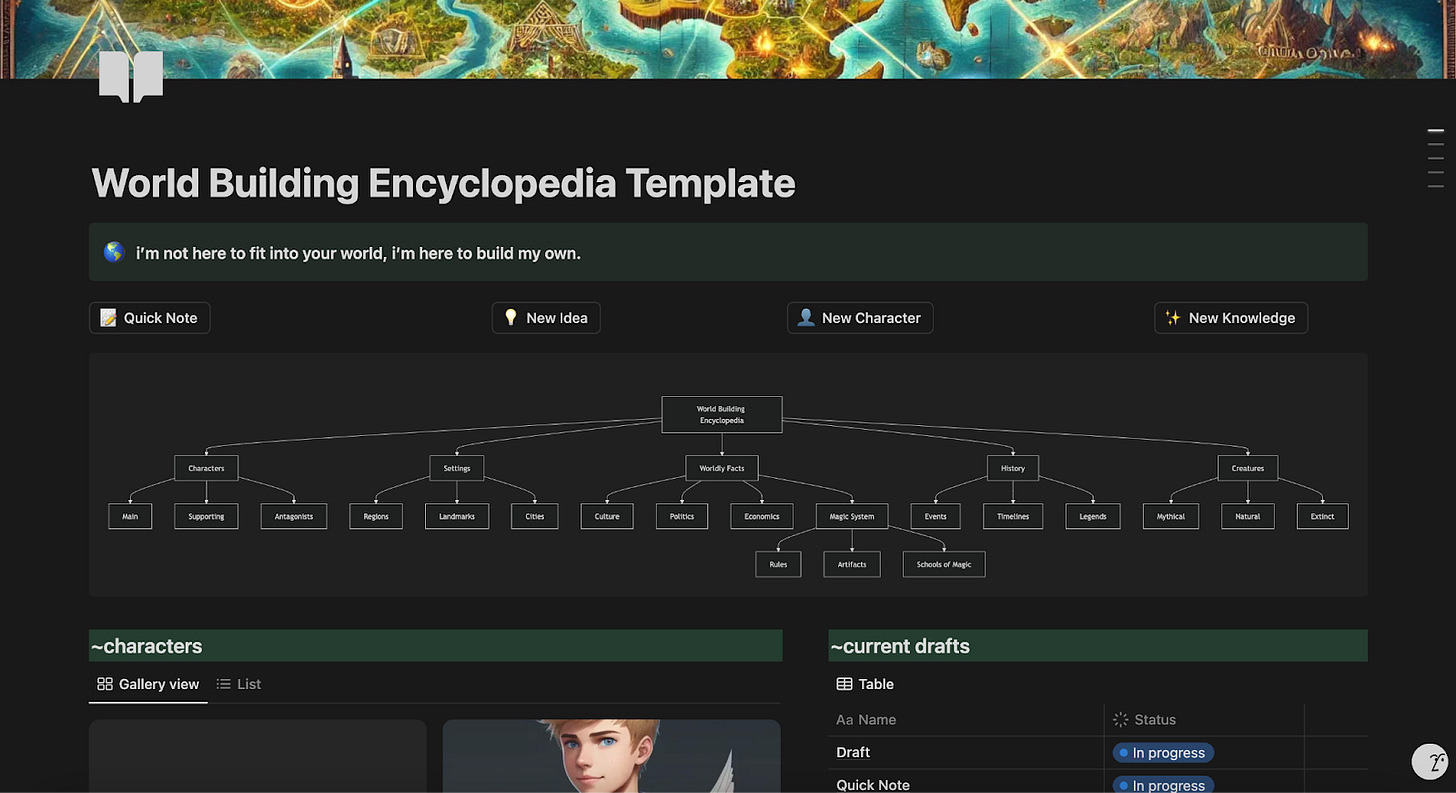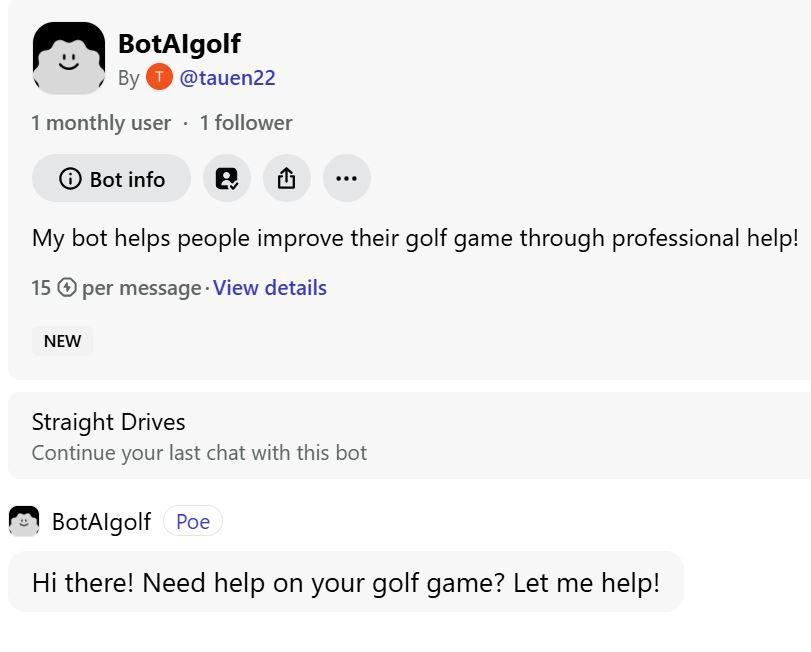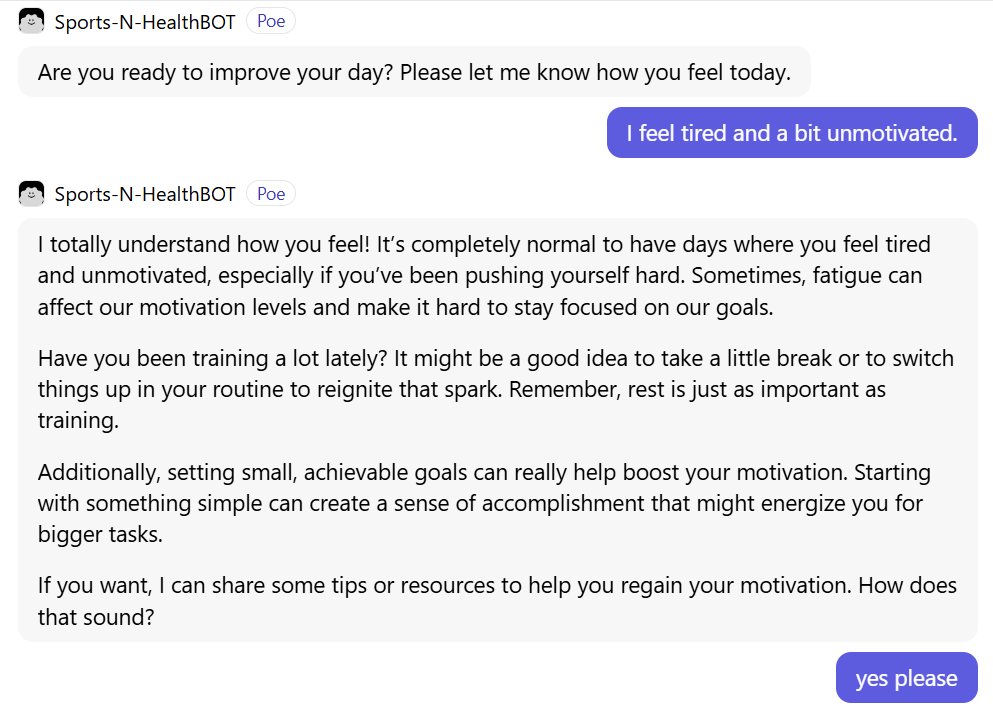The Rise of the Student Bot-Builder
How College Students are Reimagining AI's Role in Education
In Fall 2023, when we launched our experimental "AI and Writing" course at Iowa State University, we weren't sure what to expect. What emerged surprised us: our students produced an remarkable array of creative projects that went far beyond basic AI tool use. They created interactive games for learning probability, developed sustainable farming apps, crafted multimedia fantasy stories, and designed personalized study tools. Their projects demonstrated not just technical prowess, but also a growing understanding of how AI could enhance human creativity rather than replace it.
Now, in our second iteration of ENGL 2220X, we're witnessing an even more intriguing transformation. While our first cohort focused primarily on using existing AI tools for writing and multimodal projects, this semester's students have charted a different course: they're becoming bot-builders and conversation designers. More than half of our students' final projects involve creating custom chatbots and conversational agents, each designed to address specific challenges they've encountered in their academic and professional lives.
What's fascinating is how this shift reflects both technical and conceptual evolution. In Fall 2023, our students were already creating relatively sophisticated projects using structured prompts and project specific knowledge bases. The landscape changed with the introduction of chatbot-building platforms from services like ChatGPT and Poe. Students who were developing strong AI literacy skills – particularly in prompt engineering and knowledge design – now found themselves equipped to transform these fundamental skills into functional conversational agents. Their prior expertise in crafting precise prompts and managing context translated directly into designing effective chatbot interactions.
This natural progression illuminates something crucial about AI literacy: it's not just about mastering current tools, but developing a foundational understanding that enables quick adaptation to emerging technologies. Our students are doing more than experimenting with AI – they're creating thoughtful solutions that reflect their situated understanding of the challenges faced by their peers, professionals in their chosen fields, and their broader communities.
Take Kate, a Supply Chain Management senior who transformed her interview anxiety into innovation by creating an AI Interview Skills Bot. Or consider Shreshta, an Aerospace Engineering sophomore who built an Engineering Project Simulator ChatBot to help fellow students find meaningful project ideas. These aren't just clever applications of AI – they're examples of students identifying gaps in their educational experience and using AI to bridge them.
In this follow-up to last year’s post about the course, we'll explore how our students are applying their growing AI literacy to create practical solutions to real-world problems. From interactive storytelling agents to wellness support systems, their projects offer insight into how the next generation of professionals might thoughtfully integrate AI into their respective fields.
A Diverse Learning Community
The fall 2024 course once again brought together an remarkably diverse group of learners, including:
Graduate Students
Ph.D. candidates in Hospitality Management, Education, and Rhetoric & Professional Communication
Graduate students focusing on Human-Computer Interaction
Undergraduate Students
Business: Supply Chain Management, Business Analytics, Public Relations
Computer Science & Technology: Computer Science with Data Science minor
Engineering and Design: Aerospace Engineering, Industrial Design
Liberal Arts: English, Communication Studies, Psychology
Cross-disciplinary: Multiple students pursuing the Applied Artificial Intelligence minor
This diversity created rich opportunities for cross-pollination of ideas and approaches, as students brought different perspectives to common challenges.
Student Creative Projects
Throughout the course, students were encouraged to brainstorm and develop ideas for a final creative project that would allow them to pursue an academic, personal, or professional interest and goal. In the final quarter of the semester, students focused on creating their final projects while having in-class workshops to get input, revise, and refine their final project. Final projects encompassed four categories:
Interactive applications and chatbot agents addressing professional and student needs, such as learning support systems and professional development tools
Creative multimedia projects including creative writing and worldbuilding
Creative making, interests, and skill development including 3D printing, music, and visual media production applications
Wellness and mentoring applications supporting education and health initiatives
Below, we share examples of student projects from each category, including screenshots of final outputs (shared with permission) and project article summaries generated by AI and refined by each student.
Interactive applications and chatbot agents
Some students developed sophisticated support tools to address academic pain points. Others developed professional development tools to prepare for career growth. In all cases, students were focused on how to help not only their own academic and professional growth, but supporting the learning and growth of others.
Interview Skills Bot: A Supply Chain Management senior transformed her interview anxiety into innovation by creating an AI Interview Skills Bot. "I felt there must be a better way to practice interview skills," Kate says, "and AI seemed like it could be a really helpful tool for that." Her tool provides mock interviews, skill-building sessions, and generated interviewer questions to help students prepare for professional interviews.
Engineering Project Simulator ChatBot: An Aerospace Engineering sophomore is revolutionizing how engineering students find meaningful projects through her Engineering Project Simulator Chat Bot. "I remember searching endlessly for a project that aligned with my interests," Shreshta says, "that's when it struck me—what if I could create a tool that solved this problem for everyone?" Her AI solution provides personalized project recommendations and step-by-step guidance across all engineering disciplines.
DataNow!: A Computer Science junior created DataNow!, an innovative tool that automates data visualization and management tasks through GPT-generated Python scripts. "DataNow! allows data scientists to use the bot to automate data visualization so they won't need to be overly focused on Python skills," Naveen explains. His solution transforms minutes of coding work into seconds of automated processing.
Scribo: An English junior developed a friendly AI writing assistant to help combat writer's block and support creative storytelling. "I want writers like me who are really just starting out in their career to have this kind of tool," Megan says, "so they can have peace of mind, knowing that something will always be there for them when nothing else seems to work." Her chatbot offers prompts and suggestions while encouraging writers to stay true to their own creative vision.
Worldbuilding Bible: An Iowa State Spanish and Portuguese professor created the Worldbuilding Bible project, combining AI tools with Latin American literature to help students analyze fictional universes. "Rather than building worlds," Rachel says, "I want my students to take existing literary worlds apart and see what makes them tick." Her innovative approach uses NotebookLM and DALL-E to generate maps, character profiles, and thematic elements while ensuring students remain critical thinkers.
Creative Multimedia Projects
Students created interactive storytelling projects merged with traditional narrative skills and AI capabilities. Students integrated multiple AI tools to create cohesive creative experiences.
Forge Your Own Fantasy: A first-year English major created an interactive fantasy adventure allowing readers to shape their own narrative through multiple branching paths and 13 unique endings. "I wanted to create something fun and engaging, where readers could immerse themselves in the story and make choices as if they were the main character," Brenna says. Her 85,600-word project combines classic fantasy elements with choose-your-own-adventure storytelling.
Literary Locations AI Bot: A senior studying English and Linguistics developed an AI-powered travel guide that connects literature enthusiasts with real-world locations from their favorite books across the UK and Ireland. "I want other people to be able to visit places that enhance their reading experience," Riley says, "connecting the stories they love with real-world destinations." The project combines personalized travel recommendations with interactive literary exploration.
Creative Dialogue Chatbot: A Communications major developed a dialogue-focused chatbot to help writers craft more natural and story-advancing conversations in their creative work. "I found it hard to write dialogue that flowed and moved my story forward," Elodie says, addressing a common writer's challenge. Her AI tool provides dialogue prompts and ideas while emphasizing the importance of maintaining the writer's unique voice.
CharacterChat Chatbot: A Public Relations senior developed CharacterChat, an innovative chatbot that helps writers develop characters and overcome creative blocks through interactive dialogue. "By blending AI with human creativity, my chatbot enhances the writing process without replacing it," Sutton says. "It's about collaboration between the writer and the AI." Her tool combines multiple AI platforms to generate character-driven responses and story ideas.
World Building Encyclopedia: An English sophomore created the World Building Encyclopedia, an AI-supported database that helps creative writers organize and track their complex fictional worlds. "I used to think there was a line between the use of AI in creative writing and true writing. Now, I see AI as an incredibly useful helping hand," Ava says. Her solution combines Notion AI, Sudowrite, and ChatGPT to streamline the worldbuilding process.
Creative Making, Interests, and Skill Development
Projects in this category effectively bridged personal interests with technical capabilities for creative making and skill development, like song creators, music recommendation systems, and 3D printing solutions.
DIY Lightsaber: An Industrial Design senior created a DIY lightsaber project that lets Star Wars fans design and build customized lightsabers using 3D-printed parts. "Creating something that allows fans to connect with their favorite universe in a hands-on way is incredibly rewarding," Jack says. "It's about bringing a piece of that galaxy far, far away into our world." His innovation makes this iconic sci-fi weapon accessible and personalizable.
Music Creation: An Aerospace Engineering freshman combined his passion for metal music with AI technology by using ChatGPT and Suno to create original songs. "I wanted to explore the world of AI music generation to see where we are and how I can use it to make songs that I enjoy," William says. His project demonstrates the rapid advancement of AI music tools and their potential for future music education.
GolfAI: A Communications senior developed GolfAI Bot, an interactive assistant that provides personalized coaching tips for golfers of all skill levels. "All you do is ask it to help with whatever golf problem you might have, and it can help," Tyler says. Built using PoeAI and Adobe Firefly, his innovation combines his passion for golf with AI technology to make golf instruction more accessible.
MelodyMate: A student developed Melody Mate, an innovative chatbot that helps users discover new music by providing personalized recommendations based on their favorite songs. "The project was motivated by a desire to break out of repetitive music listening habits," the creator explains. The system combines Spotify's AI recommendations with user feedback to create an adaptive, engaging music discovery experience.
Wellness and Mentoring Applications
Finally, students in this category developed tools that thoughtfully integrated AI support with personal wellness goals, scheduling challenges, and food safety initiatives to address broader community concerns.
Sports-n-Health: A Psychology sophomore developed the Sports-N-Health ChatBot to support athletes struggling with mental health and injury recovery, inspired by his own experience with a knee injury. "I know how difficult it is to motivate yourself to improve when you're dealing with injuries and mental health challenges," Elijah says. "As an athlete who has faced these struggles, I wanted to use my experience to help others."
Foodborne Illness Reporting Bot: A Hospitality Management Ph.D. student developed an AI chatbot to improve foodborne illness reporting, addressing a critical gap in public health data. "I believe that my project can offer an innovative reporting system for foodborne illness, helping to bridge the gap between estimated and reported cases," Maryam says. Her bot engages users in detailed conversations about their symptoms and dining experiences to support health investigations.
Cy_Tad: A Center for Communication Excellence consultant developed Cy_TAD, an AI chatbot that provides 24/7 guidance on thesis and dissertation formatting requirements for Iowa State graduate students. The project addresses common challenges with formatting, submission deadlines, and guideline interpretation while offering accessible, accurate support to reduce student stress and improve the graduation process.




















